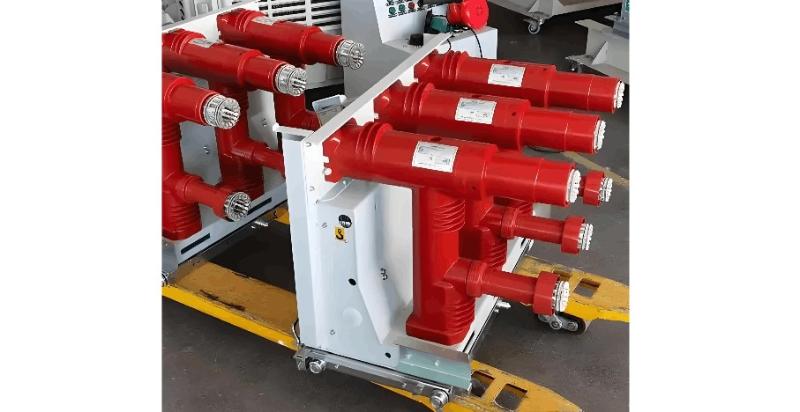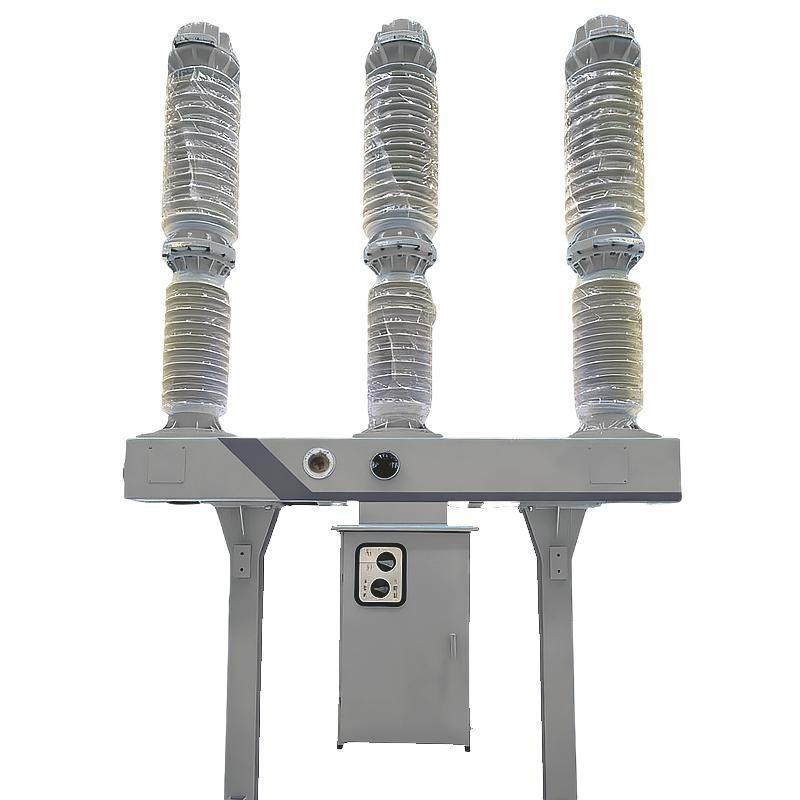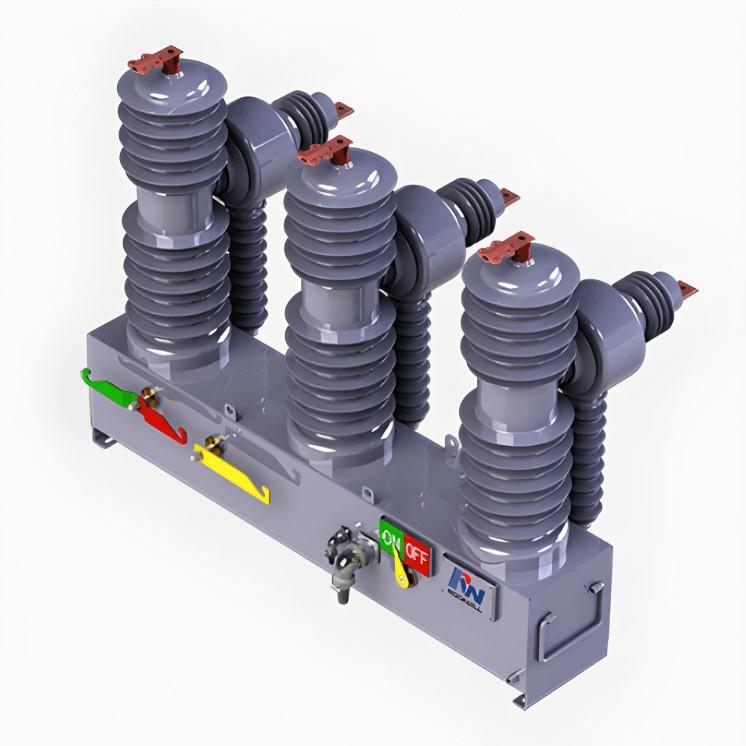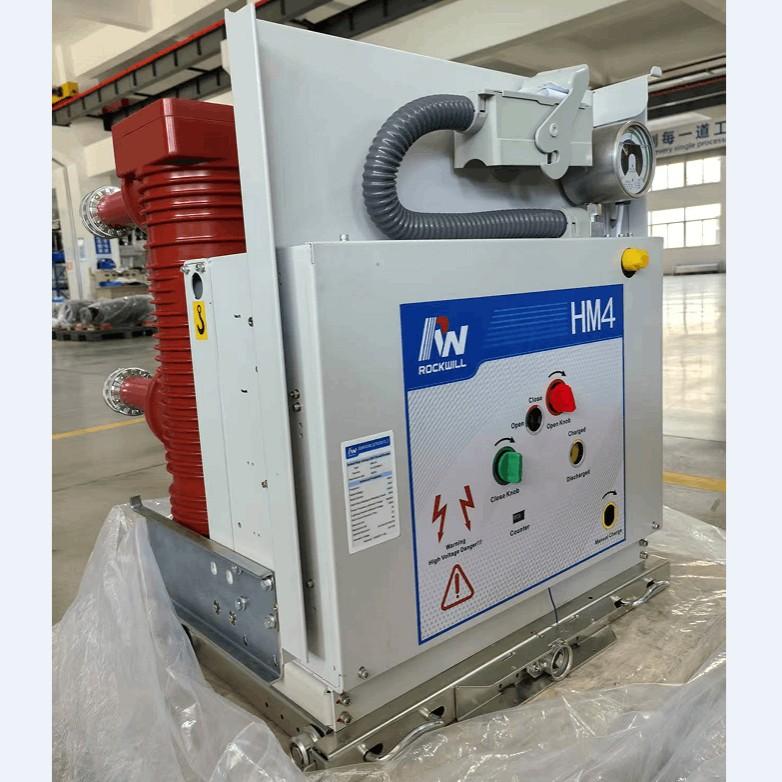- Product
- Suppliers
- Manufacturers
- Solutions
- Free tools
- Knowledges
- Experts
- Communities
Search
-
Senpajiloj
-
IEE Business proponas senkostajn AI-povigitajn ilojn por elektra inĝenierado kaj buĝtencado de energoakcizo: enigu viajn parametrojn kliku kalkuli kaj ricevu tujajn rezultojn pri transformiloj kablosistemoj motoroj kostoj de energoequipaĵo ktp konfiditaj de inĝenieroj ĉie mondoje
-
-
Subteno kaj Substeno
-
IEE-Business subtenas plibonajn solvojn bizonojn kaj ekspertojn kreante platformon kie inovacio renkontiĝas kun valoroElstariga teknika scioKunveni teknikan kononon por gajni de sponsorojSuperaj Biznesaj SolvojAliĝu kaj kreu komercsolvojn por gajni de sponsorojElstaraj EkspertojMontru viajn talentojn al la sponsoroj, gajnu vian estontecon
-
-
Komunumo
-
Konstruu vian profesian komunumonSerĉu kaj konektiĝu kun samfakuloj, potencaj partneroj kai decido-prenantoj por pligrandigi vian negocon.Plilongigu vian persona retonKonektiĝu kun samfakuloj, potencaj partneroj kaj decidadontoj por plirapidigi vian kreskonMalkovri pli da organizaĵojEsploru celajn kompaniojn, kunlaborantojn kaj ĉefojn de la branĉo por malŝlosi novajn negocajn eblecojn.Join Diverse CommunitiesPartoprenu diskutojn laŭ temoj, ĉefaj interŝanĝojn kaj dividon de rimedoj por pligrandigi vian influon.
-
-
Kunlaborecu Je Kun Ni
Kunlaboranto
-
-
Partopu en la IEE-Business Partner ProgramoEbligado de Negara Kresko -- De Teknikaj Iloj al Tutmonda Negara Ekspansio
-
-
-
Esperanto
-
- English
- Afrikaans
- العربية
- Azərbaycan dili
- български
- বাংলা
- Català
- Cebuano
- čeština
- Dansk
- Deutsch
- Ελληνικά
- Esperanto
- Español
- Eesti keel
- Euskara
- دری
- فارسی
- suomi
- Filipino
- français
- Gaeilge
- Galego
- Hausa
- עברית
- हिन्दी
- Hrvatski
- magyar nyelv
- հայերեն
- Bahasa Indonesia
- Íslenska
- Italiano
- 日本語
- ქართული
- Қазақ тілі
- ಕನ್ನಡ
- 한국어
- Kurdî
- Latina
- Latviešu valoda
- македонски јазик
- Bahasa Melayu
- Malti
- नेपाली
- Nederlands
- Norsk
- ਪੰਜਾਬੀ
- polski
- پښتو
- Português
- Русский язык
- සිංහල
- Slovenščina
- српски језик
- Svenska
- Kiswahili
- தமிழ்
- తెలుగు
- ไทย
- Tagalog
- Türkçe
- українська мова
- اردو
- Oʻzbek tili
- Tiếng Việt
-
-
Esperanto
-
- English
- Afrikaans
- العربية
- Azərbaycan dili
- български
- বাংলা
- Català
- Cebuano
- čeština
- Dansk
- Deutsch
- Ελληνικά
- Esperanto
- Español
- Eesti keel
- Euskara
- دری
- فارسی
- suomi
- Filipino
- français
- Gaeilge
- Galego
- Hausa
- עברית
- हिन्दी
- Hrvatski
- magyar nyelv
- հայերեն
- Bahasa Indonesia
- Íslenska
- Italiano
- 日本語
- ქართული
- Қазақ тілі
- ಕನ್ನಡ
- 한국어
- Kurdî
- Latina
- Latviešu valoda
- македонски јазик
- Bahasa Melayu
- Malti
- नेपाली
- Nederlands
- Norsk
- ਪੰਜਾਬੀ
- polski
- پښتو
- Português
- Русский язык
- සිංහල
- Slovenščina
- српски језик
- Svenska
- Kiswahili
- தமிழ்
- తెలుగు
- ไทย
- Tagalog
- Türkçe
- українська мова
- اردو
- Oʻzbek tili
- Tiếng Việt
-























